OP PAWAN represents a significant chapter in the history of the Indian Defence Forces. This article aims to take us through the pivotal events that culminated in this ambitious plan, set against the backdrop of the call for Tamil Elam and India’s success in creating Bangladesh in 1971. We will examine Gen Sunderji’s strategic foresight, which is a beacon of inspiration, especially during operations like Brasstacks and OP Checker Board. These historical events illustrate the growing might and modernization of the Indian Defence Forces in the late 20th century, paralleling the current state of military readiness under the Make in India policy. The ongoing rollout of the envisaged Maritime Command would also benefit from an infusion of OP PAWAN lessons. Given the global conflicts and India’s complex geopolitical landscape, the relevance of OP PAWAN is best understood through vital strategic touchpoints.
Strategic Vision for India’s Security Needs
The necessity of a strategic vision for India’s security must be balanced. OP PAWAN’s planning and execution were driven by the need to safeguard national interests in the face of regional instability and the possibility of interference by external powers. The same strategic vision is crucial today, given India’s position as a burgeoning military power in a volatile region, with the Dragon embracing the littoral neighbors in an infrastructure stranglehold. The modernization initiatives of the 1980s, a testament to India’s commitment to staying at the forefront of military capabilities, positioned the Indian Defence Forces as a formidable force capable of responding to internal and external threats.
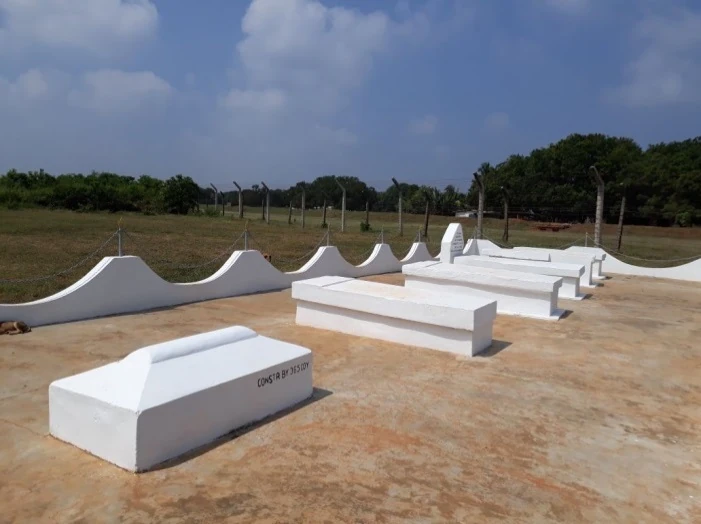
Comprehensive Defence Planning and Modernisation of Forces
A strategic vision a part of CNP (Comprehensive National Power) begins with comprehensive defense planning and continuous force modernization. During the 1980s, India undertook significant modernization efforts, upgrading its military equipment and adopting new technologies. This period saw the induction of advanced weaponry, improved training regimes, and enhanced operational readiness. The lessons from OP PAWAN underline the importance of these initiatives.
A Crucial Element in Military Operations is imperative to maintain a robust defense posture, developing and implementing long-term defense strategies. This involves regular assessments of potential threats, both conventional and unconventional, and ensuring that the armed forces are equipped to counter these threats. Modernization should be an ongoing process, integrating new technologies and improving the capabilities of existing systems. Regular training exercises, such as those conducted during the Brass tacks and OP Checker Board operations, are a testament to the Defence Forces’ preparedness for any eventuality, reassuring the nation.
Local Support/Resource Utilisation
However, it’s important to note that local support, often a crucial but overlooked aspect, plays a significant role in the success of military operations. In OP PAWAN, the IPKF was initially welcomed by the civil population as liberators, but that view soured quickly for various reasons. Aside from that, we did not capitalize fully on the capabilities/resources of the SL Army as they had operated extensively against the LTTE earlier in OP Vadamarachchi, which was cut short by India in July 1987.
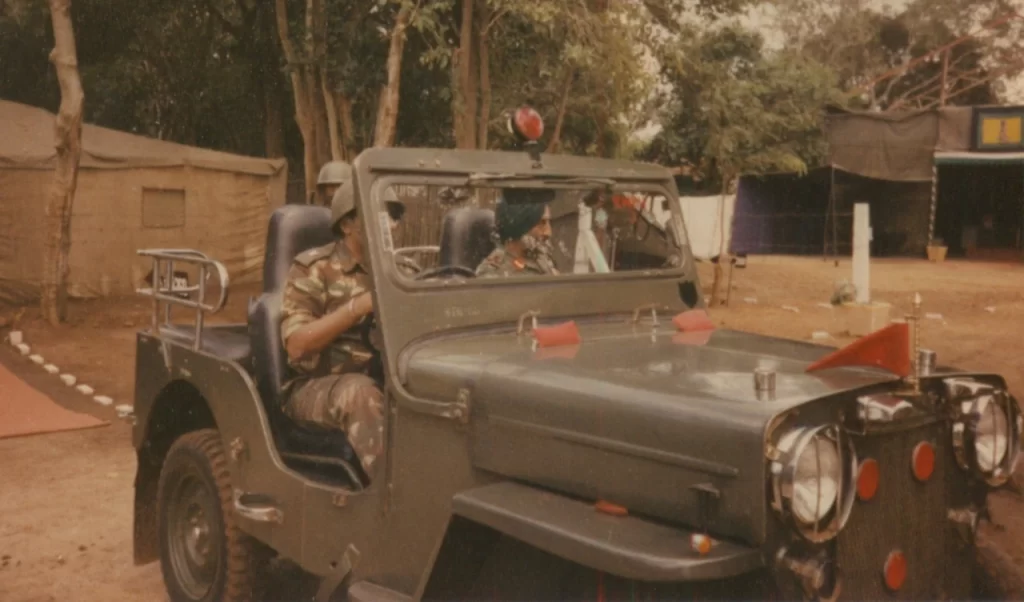
Development of Rapid Deployment Capabilities
A vital aspect of a strategic vision is rapidly deploying forces in response to emerging threats. OP PAWAN demonstrated the importance of having specialized units ready for quick deployment. These units can respond swiftly to out-of-area contingencies, providing a decisive edge in conflict situations and instilling confidence in India’s preparedness.
By investing in air and naval assets, such as transport aircraft and amphibious ships, the Indian Defence Forces can ensure that they can rapidly and effectively respond to any crisis. However, it’s important to stress that logistical planning, a critical aspect that can often determine the success or failure of a mission, is also a critical factor in military operations. In the envisaged Maritime Command, embedding three to four Integrated Battle Groups would ensure speedy deployment. In the case of OP Pawan, units as far as Gwalior and the East were mobilized, which is hardly an ideal situation in today’s operational environment.
Diplomacy
Focused diplomacy plays a vital role in supporting military operations like OP PAWAN. Diplomatic efforts are essential in building international support and mitigating the risks of geopolitical isolation. During OP PAWAN, India’s diplomatic initiatives aimed to maintain regional stability and secure international legitimacy for its actions. Engaging in proactive diplomacy involves building alliances and strategic partnerships with other nations. India can address shared security threats more effectively by fostering close ties with key allies and participating in international coalitions. Diplomatic engagement also helps gain support for military operations, ensuring that the international community views them as legitimate and necessary. Active participation in global forums, such as the United Nations, allows India to highlight its security concerns and strategic interests. India can garner international support and build a coalition of like-minded nations by advocating its position on various issues. This proactive approach to diplomacy strengthens India’s security and enhances its standing on the global stage.
Diplomatic channels play a crucial role in de-escalating conflicts and preventing further escalation in times of crisis. During OP PAWAN, diplomatic efforts were made to engage with regional actors and seek peaceful resolutions. This approach remains relevant today as India navigates a complex geopolitical landscape with multiple potential flashpoints.
Using diplomatic means to prevent escalation involves engaging in dialogue with adversaries, promoting confidence-building measures, and fostering transparency. By maintaining open lines of communication and seeking peaceful resolutions, India can mitigate the risks of conflict and ensure regional stability. Diplomatic engagement also helps address the underlying causes of conflict, promoting long-term peace and security. In the case of OP PAWAN, the government of the day had concluded an accord with the SL government, but it did not make the exit incumbent on India’s satisfaction that all conditions had been met regarding the SL accord. In the event, IPKF exited due to political compulsions on both sides.
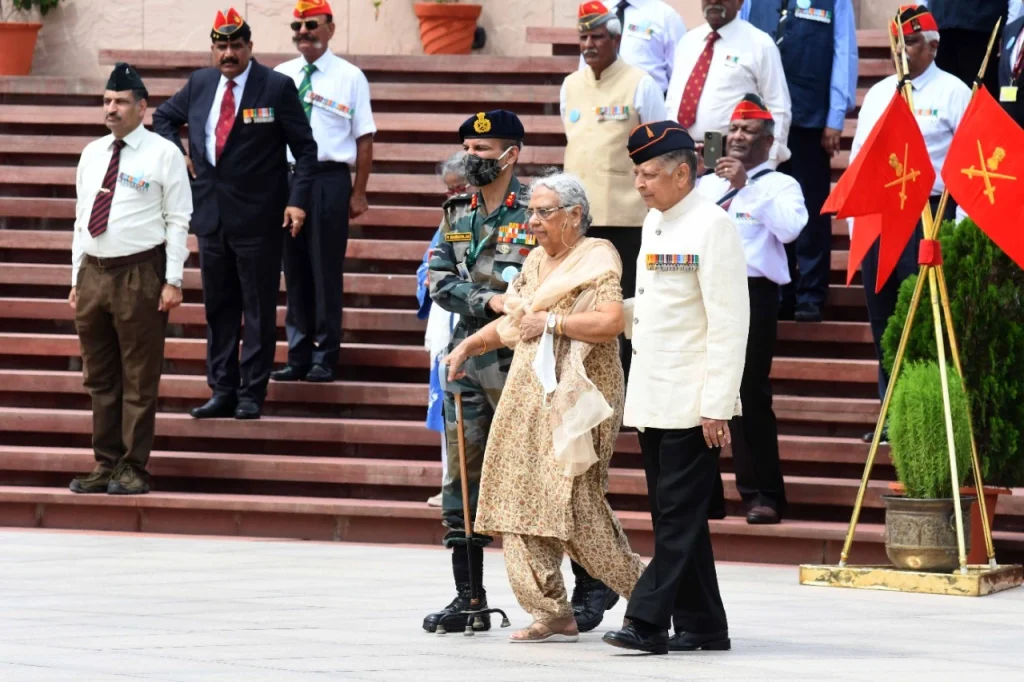
Leveraging International Forums to Highlight Security Concerns and Garner Support
International forums and its current diplomatic heft allow India to highlight its security concerns and strategic interests. By actively engaging in global security discussions, India can shape the international narrative and build support for its actions. During OP PAWAN, India’s diplomatic efforts aimed to secure international legitimacy for its operations, ensuring they were considered necessary and justified. Advocating India’s security concerns in international forums involves presenting a clear and compelling case for its actions. By highlighting the threats posed by regional instability and emphasizing the need for decisive action, India can garner support from the international community. This support is crucial in ensuring that military operations are not viewed in isolation but as part of a broader effort to maintain regional and global security.
Geo-Military Awareness
Geo-military awareness involves continuous monitoring of the geopolitical landscape and preparing contingency plans. During OP PAWAN, detailed intelligence and updated maps were crucial for operational success. Today, maintaining high levels of geo-military awareness is imperative, given the dynamic and often volatile nature of India’s neighborhood.
Continuous Surveillance and Intelligence Gathering
Continuous surveillance and intelligence gathering are essential for maintaining geo-military awareness. Employing advanced surveillance technologies, such as satellite imagery and UAVs, allows for real-time monitoring of potential hotspots. Collecting and analyzing intelligence from multiple sources ensures that the forces comprehensively understand the threat landscape. Maintaining a network of human intelligence (HUMINT) assets is also crucial for gathering actionable intelligence.
Developing Detailed Contingency Plans
Developing detailed contingency plans involves preparing for various potential conflict scenarios. During OP PAWAN, the Indian Defence Forces had detailed plans for various contingencies, ensuring they were well-prepared for any eventuality. However, the problematic rapid transition from peacekeeping to peace enforcement should have been foreseen. Regularly updating and refining contingency plans based on new intelligence is essential for maintaining readiness. By war gaming and preparing for various scenarios, the Indian Defence Forces can ensure they are ready to protect national security and maintain regional stability.
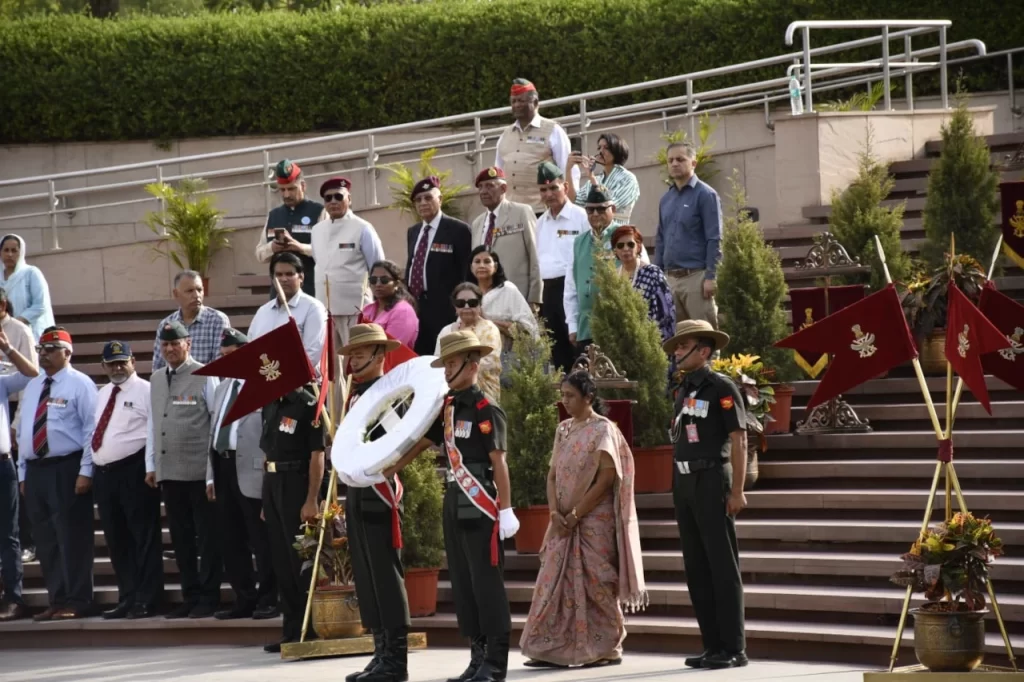
Integration of New Technologies and Weaponry
Maintaining a technological edge over adversaries is crucial for national security. Integrating new technologies, such as unmanned aerial vehicles (UAVs), cyber warfare capabilities, and advanced communication systems, is essential today.
Upgrading existing weapon systems ensures that the forces can counter evolving threats. Innovation within the military-industrial complex, driven by initiatives like Make in India, fosters the development of indigenous solutions, reducing dependence on foreign technology and enhancing self-reliance. However, it’s important to note that language proficiency, often a key factor in effective communication and coordination, is also crucial in military operations. Integrating advanced technologies into operational planning enhances battlefield awareness and improves decision-making. During OP PAWAN, technology, such as satellite imagery and reconnaissance data, provided the forces with valuable intelligence. Integrating UAVs and advanced command and control systems further enhances situational awareness.
Real-time intelligence and battlefield awareness allow for more effective decision-making and improve operational effectiveness. By utilizing technology to monitor and analyze the battlefield, the forces can make informed decisions and respond quickly to emerging threats. This capability is crucial for maintaining a strategic advantage and ensuring the success of military operations. The use of direction-finding equipment and signal communication monitoring were significant additions to the intelligence gathering. In many cases, EW units provided backup communication, which broke down occasionally in intense operational scenarios such as the advance to Jaffna. In OP PAWAN, the IPKF made extensive use of captured enemy equipment such as Radio sets ICOM /Motorola and the ubiquitous AK 47. The lack of ground-to-air communication during the employment of attack helicopters was overcome by placing an LO with a suitable radio set, which could communicate with ground forces for intimate support.
Language Specialists
Including language specialists in military operations like OP PAWAN is crucial for effective communication with local populations and gathering intelligence. In the context of Sri Lanka, understanding Tamil was essential for operations. The Importance of Language Proficiency in Military Operations adopting cutting-edge technologies in surveillance, communication, and combat operations gives the forces a significant advantage. By establishing language units within intelligence and operational teams, the forces can ensure they have the necessary expertise to operate in diverse linguistic environments. Using regional languages other than Tamil between sub-units/radio operators during operations during OP PAWAN helped maintain secrecy. Language training for military personnel enhances their ability to engage with local communities and gather actionable intelligence. Specialized language training programs should focus on language proficiency and cultural understanding, ensuring that the forces are well-equipped to operate in diverse environments.
Language skills are crucial for gathering intelligence through the interception and translation of communications in local languages. During OP PAWAN, understanding Tamil allowed the forces to intercept and analyze enemy communications, providing valuable intelligence. This capability remains relevant today, as effective intelligence gathering often relies on the ability to understand communications in regional languages. Engaging with local informants and communities in their language builds trust and facilitates the flow of information. By leveraging language skills, the forces can gather more accurate and timely intelligence, improving operational effectiveness. Having country-specific experts is also a great asset.
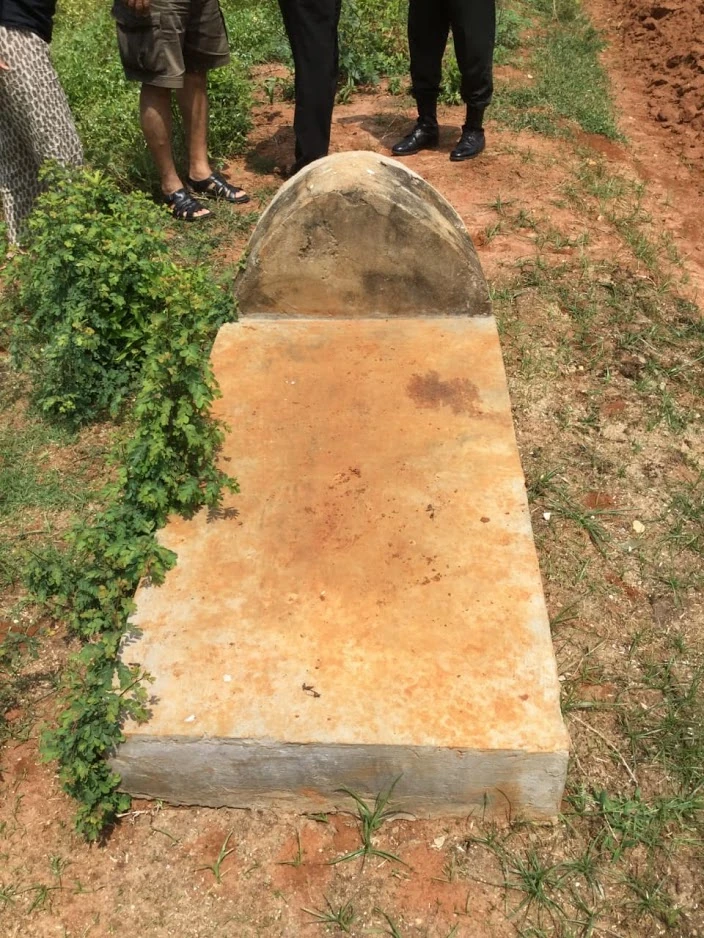
Enhancing Cultural Understanding
Cultural understanding is essential for building rapport with local populations and ensuring the success of military operations. During OP PAWAN, understanding the cultural norms and practices of the local population facilitated effective communication and cooperation. Promoting respect and sensitivity towards local customs and traditions is crucial for winning hearts and minds. Training troops on the cultural norms and practices of operational areas enhances their ability to operate effectively in diverse environments. By fostering cultural understanding, the forces can build trust and cooperation with local communities, improving the overall effectiveness of military operations in unison with Civic action. This approach also helps address the underlying causes of conflict and promote long-term stability.
Data Banks for Developing Aero and Maritime Bridges
Logistical support is the backbone of any military operation. During OP PAWAN, establishing robust aero and maritime bridges was essential for sustaining the operation. The Indian Navy ferried almost 1 lakh tons of supplies, whereas the IAF undertook more than 70,000 flying hours. Detailed records would help in planning future operations. In today’s context, developing comprehensive data banks for logistics planning ensures that the Indian Defence Forces can support prolonged deployments and complex operations.
Utilizing data-driven approaches involves collecting and analyzing data on logistical performance and needs, implementing predictive analytics, and using technology to optimize resource allocation and movement. During OP PAWAN, data-driven approaches were essential for effective logistical planning. Today, leveraging data and technology enhances the ability to support complex military operations. Collecting and analyzing data on logistical performance and needs allows for more informed decision-making and improves the efficiency of resource allocation. Implementing predictive analytics enables the forces to anticipate and address logistical challenges before they arise. Using technology to optimize resource allocation and movement ensures that the forces have access to the necessary resources when and where they are needed.
Detailed Logistical Planning
Detailed logistical planning involves mapping out supply routes and transportation networks, identifying vital logistical hubs, and planning contingencies. During OP PAWAN, comprehensive logistical planning ensured the forces had the necessary support to sustain their operations. This approach remains relevant today, as effective logistical planning is crucial for the success of military operations. Identifying key logistical hubs and infrastructure requirements allows for pre-positioning supplies, ensuring they are readily available. Planning for contingencies, such as supply chain disruptions, ensures the forces are prepared for any eventuality. In OP PAWAN, most units were inducted using multiple modes of transportation, i.e., Rail, Road, Ship, and Air. This introduces its complexity with sharp constraints on the carriage of loads by air conflicting with huge tonnages required by ships, which would not set sail till the minimum load (which was substantial) was placed in the hold, which involved waiting at ports and causing operational delays! Dedicated port handling facilities and priority for the defense forces are other areas that need focus.
Establishing Reliable Supply Chains
Establishing reliable supply chains involves securing partnerships with commercial logistics providers, pre-positioning supplies strategically, and ensuring redundancy in supply routes. During OP PAWAN, reliable supply chains were essential for maintaining operational readiness. Ensuring that the forces can access reliable supply chains is crucial for supporting prolonged deployments and complex operations. Securing partnerships with commercial logistics providers enhances the ability to move supplies and equipment efficiently. Pre-positioning supplies in strategic locations ensures they are readily available when needed, reducing the time and effort required to transport them. Ensuring redundancy in supply routes mitigates the risks of supply chain disruptions, ensuring that the forces have continuous access to the necessary resources.
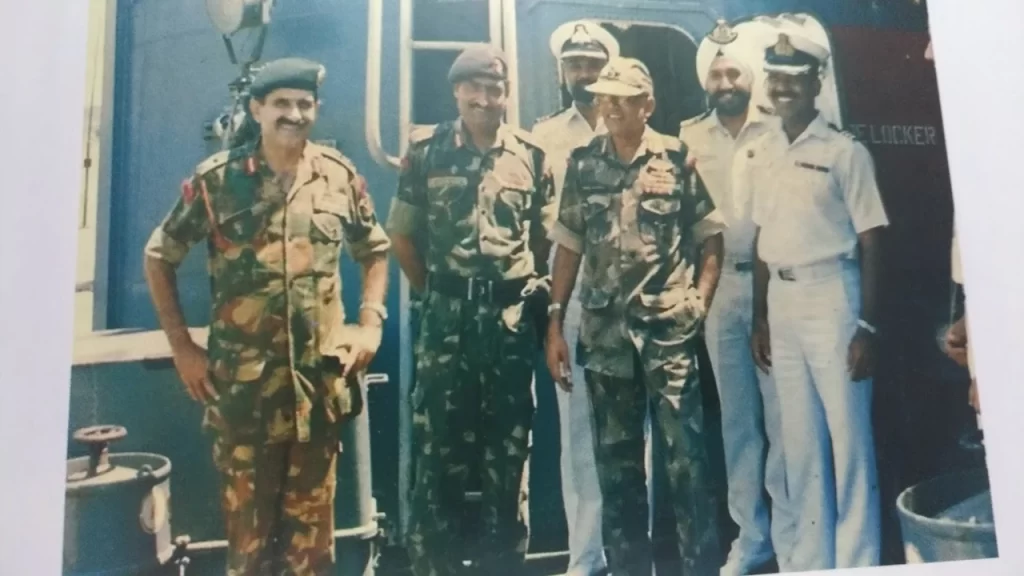
Local Administration
OOA Military operations often necessitate support from local administrations to maintain order and provide essential services. During OP PAWAN, the Indian Defence Forces worked closely with local authorities to meet the needs of the local population. This collaboration is equally important today, as it helps win hearts and minds and ensure the region’s stability post-operation. Coordinating with local administrations involves establishing liaison teams, sharing intelligence and operational plans, and restoring law and order. During OP PAWAN, close coordination with local authorities ensured that the forces could operate effectively and meet the needs of the local population. This approach remains relevant today, as effective coordination with local administrations is crucial for the success of military operations.
Establishing liaison teams with local government officials facilitates effective communication and coordination. Sharing intelligence and operational plans with local authorities ensures they know and support the military’s actions. Supporting the restoration of law and order helps maintain stability and address the needs of the local population. The Jaffna Town Commander, late Gen RIS Kahlon, was instrumental in restoring the civic administration infrastructure and winning the support of the population.
Providing Humanitarian Aid and Essential Services
Providing humanitarian aid and essential services involves delivering food, medical supplies, and other necessities to local populations, assisting in infrastructure reconstruction, and offering medical and logistical support. During OP PAWAN, the Indian Defence Forces provided essential services to the local population, building trust and cooperation. This approach remains relevant today, as providing humanitarian aid and essential services is crucial for winning hearts and minds.
Delivering food, medical supplies, and other necessities to local populations ensures their basic needs are met, reducing the risk of unrest and promoting cooperation. Assisting in reconstructing infrastructure damaged by conflict helps restore normalcy and trust. Offering medical and logistical support to local communities demonstrates the military’s commitment to their well-being, fostering goodwill and cooperation. This humanitarian assistance and civic action was an essential aspect of IPKF deliverables. The medical team at Jaffna under Maj SK Puri earned praise from Lt Gen Deepinder Singh, the then Southern Army Cdr, for treating civil casualties.

Ensuring Alignment with Broader Goals and Military Diplomacy
Ensuring alignment with broader goals involves integrating military actions with political and social objectives, promoting long-term stability and development initiatives, and building trust and cooperation between military forces and local communities. During OP PAWAN, aligning military actions with broader goals ensured they were considered part of a more significant effort to maintain regional stability. This approach remains relevant today, as aligning military actions with broader goals is crucial for ensuring the success and legitimacy of military operations. Integrating military actions with political and social objectives ensures that they are part of a comprehensive strategy to address the underlying causes of conflict. Promoting initiatives that foster long-term stability and development helps address the root causes of instability and promote lasting peace. Building trust and cooperation between military forces and local communities enhances the overall effectiveness of military operations and promotes long-term stability. The concept of military diplomacy was used by some commanders in OP PAWAN attempting peace parleys, though with limited efficacy due to contradiction in the approach of the political leadership.
Exit Policy
A clear exit policy is mandatory for the success of such operations. In the case of the 1971 War, the Indian Army swiftly reeled back after a successful campaign in Bangladesh, having achieved its military objectives. Military interventions can only facilitate and hold the hostile entities at bay for a limited duration. At some point, good local governance under oversight has to take over and complete the restoration task. In the case of OP PAWAN, politico-military aims were diverse and, at best, nebulous, wherein regional politics of Tamil Nadu triumphed and conflicted with national strategic interests.
Conclusion
The historical relevance of OP PAWAN lies in its demonstration of India’s military capabilities and strategic foresight. By examining the strategic vision, focused diplomacy, geo-military awareness, language proficiency, logistical planning, and local support, we gain insights into the importance of preparedness in military operations. As India navigates a complex geopolitical landscape, the lessons from OP PAWAN remain pertinent, guiding the Indian Defence Forces in their quest to safeguard national security and maintain regional stability.
